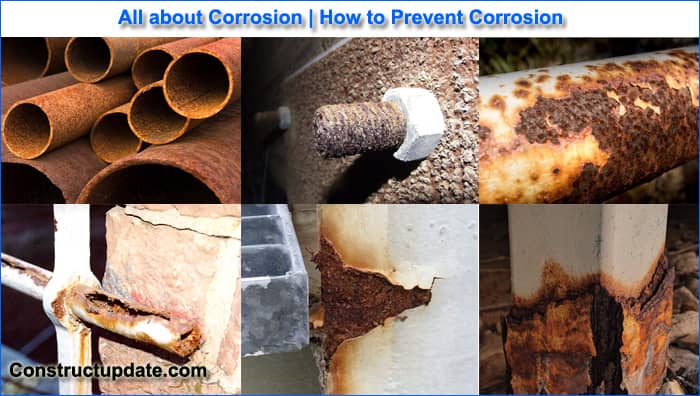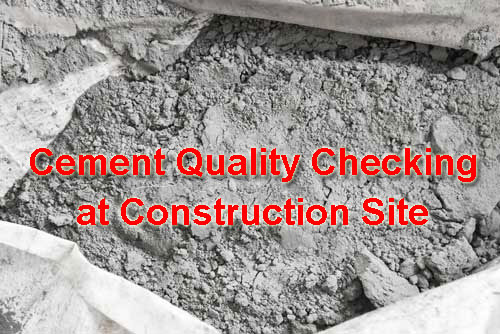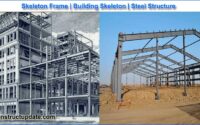What is Corrosion | 6 Types of Corrosion | Causes and Prevention Tips
The natural process of corrosion converts a refined metal into a more stable oxide. It is the deliberate deterioration of compounds—often metals—caused by an interaction between those substances and their environment, either chemically or electrochemically. Corrosion engineering is the study of corrosion control and prevention.
Causes of Corrosion
When a metal reacts with something else, such oxygen, hydrogen, an electrical current, or even dirt and germs, it corrodes. When metals like steel are subjected to excessive strain, which causes the substance to split, corrosion can also occur.
Corrosion of Iron
When iron is exposed to oxygen and water, the most typical type of iron corrosion takes place, resulting in the formation of a red iron oxide which is known as rust. Steel and other iron alloys are susceptible to rust. Green rust, another type of corrosion, can be created directly from metallic iron or iron hydroxide. Iron can also rust when it combines with chloride in an oxygen-deficient environment.

Types of Corrosion
1. Uniform Corrosion
This is the most frequent form of corrosion which usually takes place evenly over broad regions of a material’s surface.
2. Pitting Corrosion
Pitting is one of the most abrasive types of corrosion and can be challenging to anticipate, identify, or characterise. A local anodic or cathodic point creates a corrosion cell with the surrounding surface to cause this localised type of corrosion. This pitt has the ability to form a hole or cavity that usually penetrates the material vertically downward from the surface.
Pitting corrosion can result from non-uniformities in the metal’s structural makeup as well as damage to or a rupture in the protective coating or oxide deposit.
Despite a relatively small metal loss, this hazardous type of corrosion can cause a structure to collapse.
3. Crevice Corrosion
When oxygen is scarce, such as underneath washers or on the heads of bolts, this type of corrosion develops. Usually, a difference in ion concentration between two sections of metal causes this localised corrosion. The lack of oxygen circulation in the stagnant microenvironment precludes re-passivation, which stops the buildup of stagnant solution and shifts the pH balance away from neutral.
The high rates of corrosion are a result of the imbalance between the crevice and the surrounding material. Because it can occur at lower temperatures than pitting corrosion, crevice corrosion can be minimised by adequate joint design.
4. Intergranular Corrosion
When imperfections are present at the grain boundaries that form during an alloy’s solidification, intergranular corrosion results. The enrichment or depletion of an alloying element near the grain boundaries can also be the reason for it. Although the majority of the material is untouched, this form of corrosion happens along or near the grains, compromising the metal’s mechanical properties.
5. Stress Corrosion Cracking (SCC)
Tension corrosion Cracking is the development of cracks as a result of a corrosive environment, which can cause ductile metals to break while under tensile stress, especially at high temperatures. As opposed to pure metals, alloys are more susceptible to this type of corrosion, which is dependent on a particular chemical environment where only very low concentrations of active chemicals are needed to cause catastrophic cracking.
6. Galvanic Corrosion
This type of corrosion happens when two different metals in touch with one another physically or electrically are submerged in the same electrolyte (such salt water), or when a metal is exposed to varied electrolyte concentrations. The more active metal (the anode) corrodes more quickly than the more noble metal when two metals are submerged together, a situation known as a galvanic pair (the cathode). When utilising a sacrificial anode to shield a building from corrosion, it is helpful to know which metals corrode at what rate thanks to the galvanic series.
Effects of Corrosion
An effective corrosion protection strategy, according to experts, might prevent 25 to 30% of the projected $2 trillion yearly cost of metallic corrosion. Poorly planned building projects might force the replacement of a corroded structure, wasting resources and running counter to global sustainability concerns.
Moreover, corrosion can result in safety issues, fatalities, additional indirect expenditures, and reputational harm.
How to Prevent Corrosion
There are various low-cost methods to stop corrosion, such as:
- Employ non-corrosive metals, such as aluminium or stainless steel.
- Make sure the metal surface is kept dry and spotless.
- Usage dehydrating agents
- Use a coating or barrier substance, such as paint, carbon fibre coating, grease, or oil.
- Using subterranean piping, spread a layer of backfill, such as limestone.
- For a cathodic protection system, use a sacrificial anode.
Why Do Wet and Dry Corrosion Occur?
When there is no moisture or water present to promote corrosion, dry corrosion takes place, and the metal oxidises only through exposure to the atmosphere. By electron transport and the two processes of oxidation and reduction, wet corrosion of metals takes place. The metal atoms lose electrons during oxidation.
What Other Name Would You Give Dry Corrosion?
A type of corrosion known as dry corrosion, sometimes known as chemical corrosion, is one that doesn’t include moisture or water, which are the main causes of the more common types of corrosion. Dry corrosion is an atmospheric-only, temperature-sensitive process where metal oxidises.
What Benefits Does Corrosion Offer?
Metal corrosion serves as a benefit since it shields the underlying metal from further harm. For instance: When metals like aluminium and zinc are exposed to air, their surfaces develop layers of their oxides, which are extremely sticky and impermeable in nature and serve as a protective layer.




